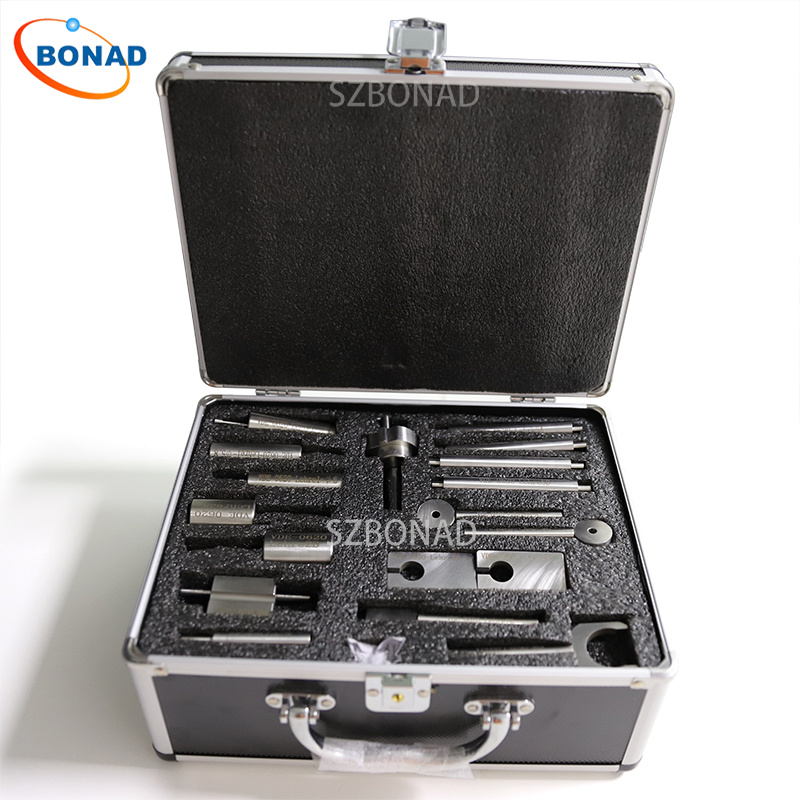Introduction
IEC 60068 encompasses a variety of environmental tests designed to evaluate products under different conditions. Each test targets a specific aspect of product performance, ensuring that the items can withstand various environmental factors.
1. Temperature Tests
Products experience diverse temperature ranges in real-world scenarios. IEC 60068 mandates testing for both extreme cold and heat to ensure product durability. For instance, IEC 60068-2-1 focuses on low-temperature testing, evaluating whether products can endure freezing conditions. Conversely, IEC 60068-2-2 emphasizes high-temperature testing, assessing how products perform under intense heat. Products that pass both tests are considered robust and reliable.
2. Humidity Tests
Electronic products must resist moisture to maintain functionality. Humidity tests assess product performance in damp conditions using specialized environmental chambers. Products that pass these tests demonstrate resilience against moisture, ensuring longevity and reliability.
3. Vibration Testing
IEC 60068-2-6 outlines vibration testing protocols to simulate real-world vibrations encountered during transportation, installation, and operation. Products are placed in controlled environments where varying vibration levels are applied. The test results indicate whether a product can withstand such conditions without compromising its integrity.
4. Shock Test
The shock test, detailed in IEC 60068-2-27, examines how products respond to sudden impacts or drops. This test is crucial for assessing the durability of joints and internal components. Products are exposed to specific impact levels in controlled environments to determine their resilience against shocks.
5. Salt Spray or Corrosion Testing
Salt spray tests evaluate a product’s resistance to corrosion by exposing it to a mist of saltwater. This method is particularly useful for assessing the durability of product coatings. Controlled temperature and humidity levels enhance the rusting process, providing insights into the product’s long-term durability, especially for marine applications.
6. Dust Test
Outdoor products often face dust and other contaminants. The dust test, as per IEC 60068-2-68, involves placing products in a dust chamber where fine particles settle on them. This test checks the product’s sealing effectiveness and overall resistance to dust infiltration.
7. Light Exposure or Solar Radiation Test
Products exposed to sunlight must withstand UV radiation without degrading quickly. IEC 60068-2-5 recommends light exposure tests to determine how long a product can endure direct sunlight before its coating deteriorates. This information helps manufacturers improve product strength and provide usage guidelines for customers.
8. Electromagnetic Compatibility (EMC) Test
Electromagnetic compatibility tests ensure that products function correctly in environments with electromagnetic interference (EMI). According to IEC 60068-2-82, this test checks if a product emits or interferes with electromagnetic rays affecting nearby devices’ functionality.
9. Low Air Pressure Test
Electrotechnical products used at high altitudes face low-pressure conditions that can affect performance. IEC 60068-2-13 prescribes low air pressure tests where products are subjected to gradually decreasing atmospheric pressure in chambers. The test determines if the product remains functional under low-pressure conditions.
Conclusion
IEC 60068 provides comprehensive guidelines for various environmental tests ensuring that products can withstand different environmental factors such as temperature extremes, humidity, vibrations, shocks, corrosion, dust, sunlight exposure, electromagnetic interference, and low air pressure conditions. These rigorous tests help manufacturers produce reliable and durable products fit for diverse applications.


